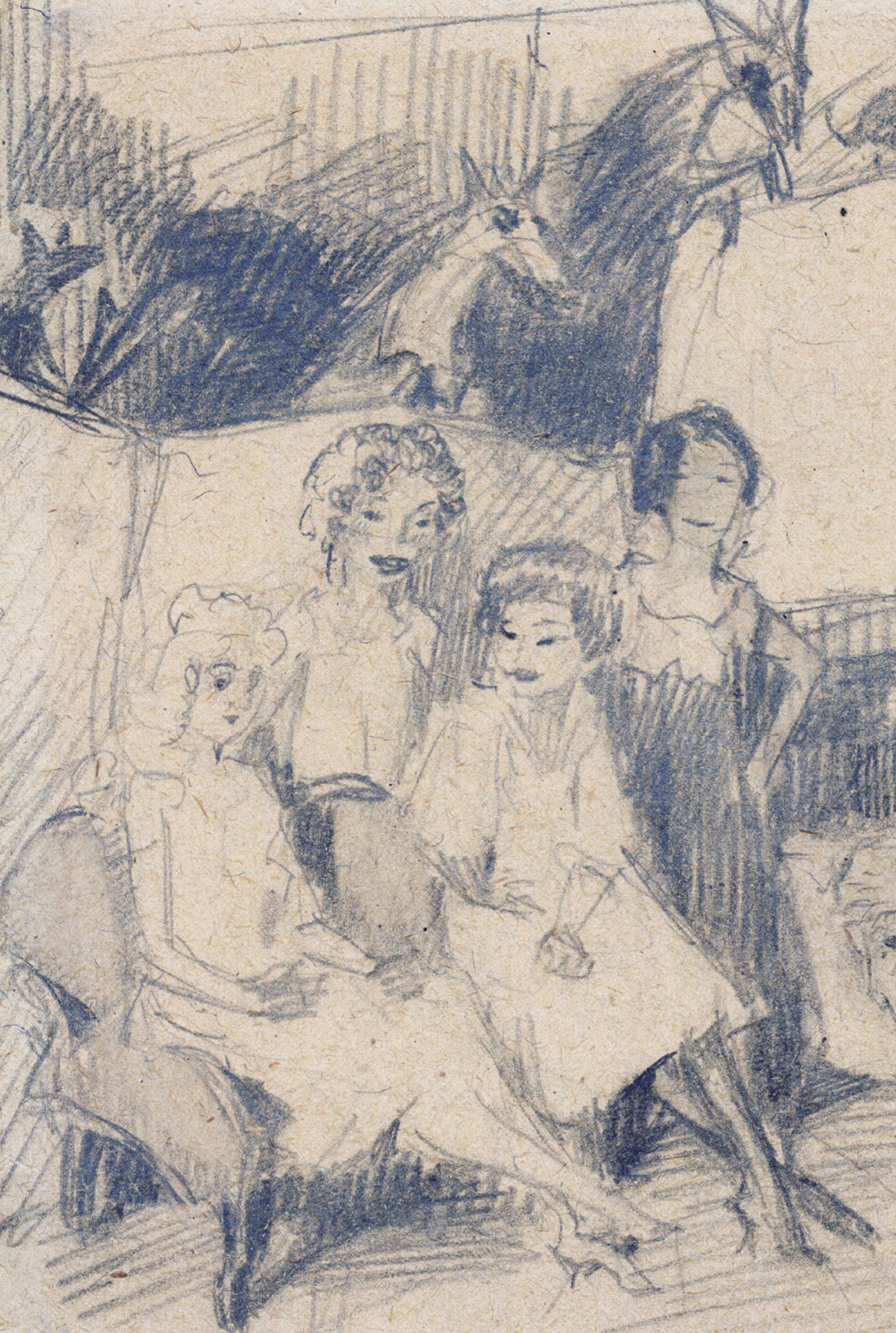Schulz ukryty, „Schulz” ustanawiany. Wstęp do badań fenograficznych
DOI:
https://doi.org/10.26881/sf.2023.21-22.10Abstrakt
The essay opens with a „topographic” description of Schulz Studies which next to the mainstream include also their periphery, margin, as well as nooks and crannies. Such peripheral „schulzology” has been usually underrated even though it often provided stimuli to conduct more research, ask new questions, and take up new subjects and approaches thanks to which the “schulzological” discourse can be renewed. The academic reception of Schulz also has its „tectonics” – a hidden deep dimension established by the “non-schulzological” reflection on Schulz and his work. Schulz specialists usually know nothing about this vast area of learning. Analysis of about a dozen techniques (constans, comparatum, exemplum, argumentum, infectio, assimilatio) used by today’s scholars makes it possible to determine the direction of the future search for the hidden presence of Schulz in the discourse of literary studies. The other part of the essay focuses on „phenography,” a forgotten synonym of reception studies, that could inspire a compre- hensive program of research on reception and influence, more extensive than the aes- thetics of reception initiated by Hans Robert Jauss. Phenography should deal with the acts of reception of both work and person of Schulz, his life activities and adventures of his body, as well as all texts produced “because of” Schulz. The „Schulz” established in this way, by such texts, is a being superior to Schulz’s written works and drawings, as well as the “textum” of his life. This position is paradoxical, since such “Schulz” already exists (as a given created by all statements referring to him) and comes into being under our eyes (sometimes because of us) thanks to more and more texts and artifacts that take him into consideration. It does not exist just by itself and requires cooperation that reaches beyond mere perception. It does not emerge in the acts of perception but is es- tablished through them, by all the acts of reception which achieve an ontological (in particular communicative) autonomy. Only then „Schulz” can be recognized as a phenomenon, as that “Schulz” whom we can confront on an everyday basis.

 Uniwersyteckie Czasopisma Naukowe
Uniwersyteckie Czasopisma Naukowe





